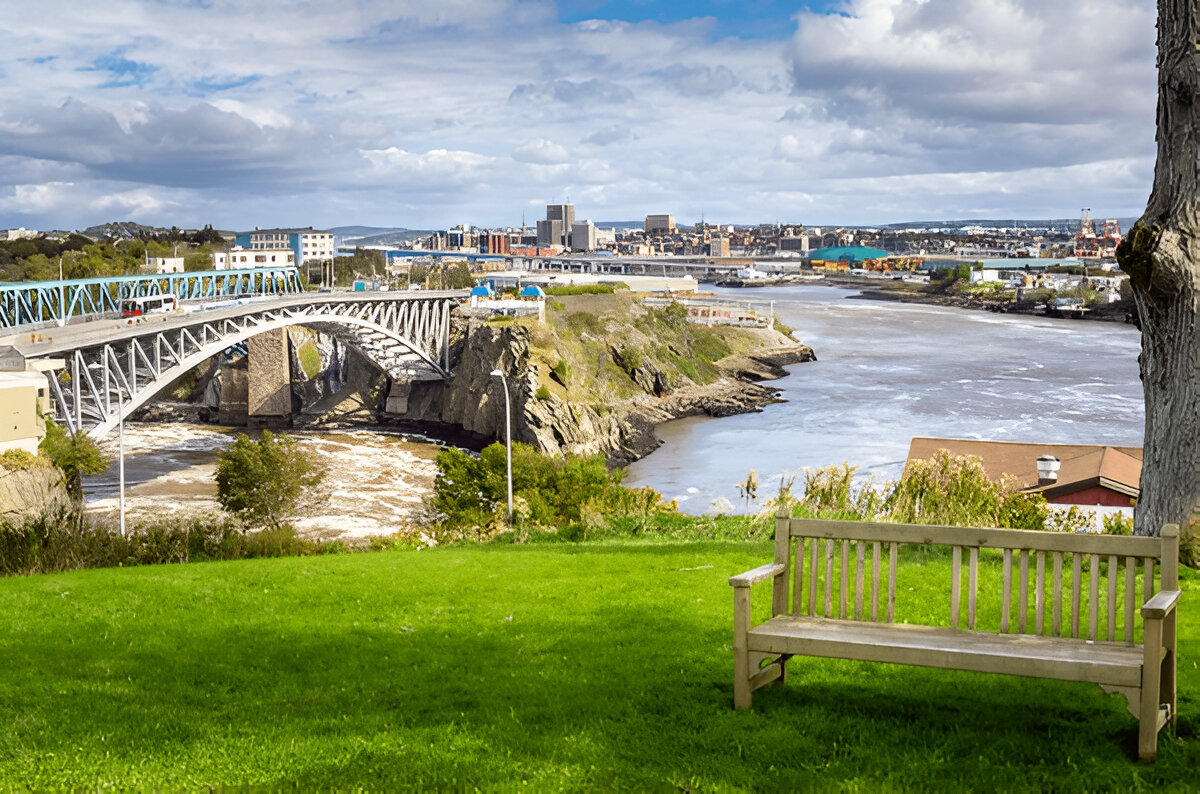
Traveling abroad has always been a favorite pastime, with many people flocking to faraway lands to explore foreign cultures, landscapes, and experiences. However, there’s a growing trend gaining momentum in the world of travel: reverse tourism. This fascinating concept encourages people to explore their own countries through the lens of a tourist. Instead of traveling to distant shores, travelers are opting to rediscover the beauty, history, and culture of their own homeland.
Reverse tourism is a powerful reminder that you don’t need to venture abroad to experience new and exciting things. Sometimes, the most unforgettable journeys are those that take you to the hidden gems, underrated cities, and unique spots within your own country. In this article, we’ll explore why reverse tourism is gaining popularity, how it can enrich your travel experience, and some must-visit destinations you might have overlooked in your own backyard.
Why Reverse Tourism is Gaining Popularity
In recent years, reverse tourism has been on the rise for several reasons, particularly due to shifts in how people view travel. With the ongoing challenges posed by global travel restrictions and environmental concerns, many travelers are looking closer to home for their adventures. Here are a few reasons why reverse tourism is gaining traction:
- Sustainability and Environmental Awareness
As travelers become more conscious of their carbon footprint, reverse tourism provides a way to explore without the need for long-haul flights. Exploring local destinations instead of international ones reduces air travel emissions and helps promote sustainable tourism. It’s a more eco-friendly way to experience the world around you. - Rediscovering Forgotten Locales
Many people have been so focused on international destinations that they overlook the beauty of their own country. With the concept of reverse tourism, travelers are being encouraged to explore off-the-beaten-path locations that are often overlooked. Whether it’s a hidden village, a remote island, or a historical site within driving distance, there are endless opportunities to discover new places at home. - Economic and Social Impact
Reverse tourism helps support the local economy. When travelers explore their own country, they contribute to the hospitality industry, stay in local accommodations, eat at small restaurants, and shop at independent stores. This is especially beneficial for areas that depend on tourism for their livelihood but may not get the same attention as popular international destinations. - Traveling in a Safe and Familiar Environment
In uncertain times, many people prefer to travel within their own country where they are familiar with the local customs, language, and culture. Reverse tourism allows for a sense of comfort and security while still offering the thrill of exploration and adventure.
How Reverse Tourism Enhances Your Travel Experience
Reverse tourism isn’t just about staying closer to home—it’s about experiencing your country in a completely new way. Here’s how it can enhance your travel experience:
- Deepening Cultural Understanding
Traveling to different regions of your own country allows you to understand its diverse cultures, traditions, and lifestyles. From the bustling streets of your nation’s capital to the quiet serenity of rural villages, each region offers its own unique flavor. Reverse tourism lets you dive into the richness of your country’s heritage and history, often uncovering hidden gems and forgotten traditions that you wouldn’t find in guidebooks. - Supporting Local Communities
By traveling locally, you can directly support small towns, local artisans, farmers, and indigenous communities. This form of responsible tourism allows you to give back to the communities you visit, ensuring that tourism benefits those who are often overlooked. Whether it’s staying in locally-owned bed-and-breakfasts or purchasing handcrafted goods, reverse tourism promotes economic development and community sustainability. - Personal Growth and Reflection
Traveling within your own country may also offer a different type of introspection and personal growth. Without the pressures of international travel, you can take the time to slow down and truly engage with your surroundings. Visiting familiar places in a new way allows you to reconnect with your roots, reflect on your personal history, and explore the parts of your culture that may have been taken for granted. - Flexibility and Convenience
Reverse tourism offers greater flexibility compared to international travel. There are no long airport queues, complicated visa requirements, or concerns about currency exchange rates. The convenience of traveling within your country makes it possible to plan spontaneous trips, even over long weekends, allowing for more frequent getaways without the stress of major planning.
Must-Visit Reverse Tourism Destinations
Here are a few examples of destinations where reverse tourism can shine:
- The Hidden Countryside
While urban centers often get the most attention, the countryside of many countries is where you’ll find some of the most picturesque and peaceful locations. Whether it’s the rolling hills of Tuscany, the idyllic villages of Japan’s countryside, or the rustic charm of rural Ireland, exploring the outskirts of your home country offers a chance to unwind and discover beautiful natural landscapes and small, intimate communities. - Historic Small Towns
Many countries are dotted with historic small towns and quaint villages that have been overlooked by mainstream tourism. These hidden gems are full of charm, culture, and history waiting to be discovered. You might find ancient castles, traditional festivals, and local folklore that you never knew existed, all while avoiding the tourist crowds. - National Parks and Nature Reserves
Every country boasts its own collection of national parks and nature reserves that offer a haven for outdoor enthusiasts. Whether it’s hiking through the rocky mountains of Canada, exploring the sandy beaches of the United States’ coastlines, or trekking through Africa’s rainforests, national parks are a fantastic way to reconnect with nature and explore the raw beauty of your homeland. - Off-the-Beaten-Path Beaches
If you live near the coast, reverse tourism could lead you to secret beaches that most people haven’t heard of. Forget the crowded tourist resorts and find those hidden shorelines that locals know and love. Whether it’s a remote island or a tucked-away cove, these beaches offer tranquility and stunning views that are often missed by those traveling internationally.
Conclusion
Reverse tourism offers a unique opportunity to experience the world right in your own backyard. Whether you’re exploring quiet villages, hiking in remote mountains, or diving into the rich cultural fabric of your country, traveling at home can provide a wealth of experiences that rival international travel. It’s an eco-friendly, socially responsible, and enriching way to engage with the world around you. So next time you’re planning a trip, consider staying close to home and rediscover the beauty and diversity of your own country.






